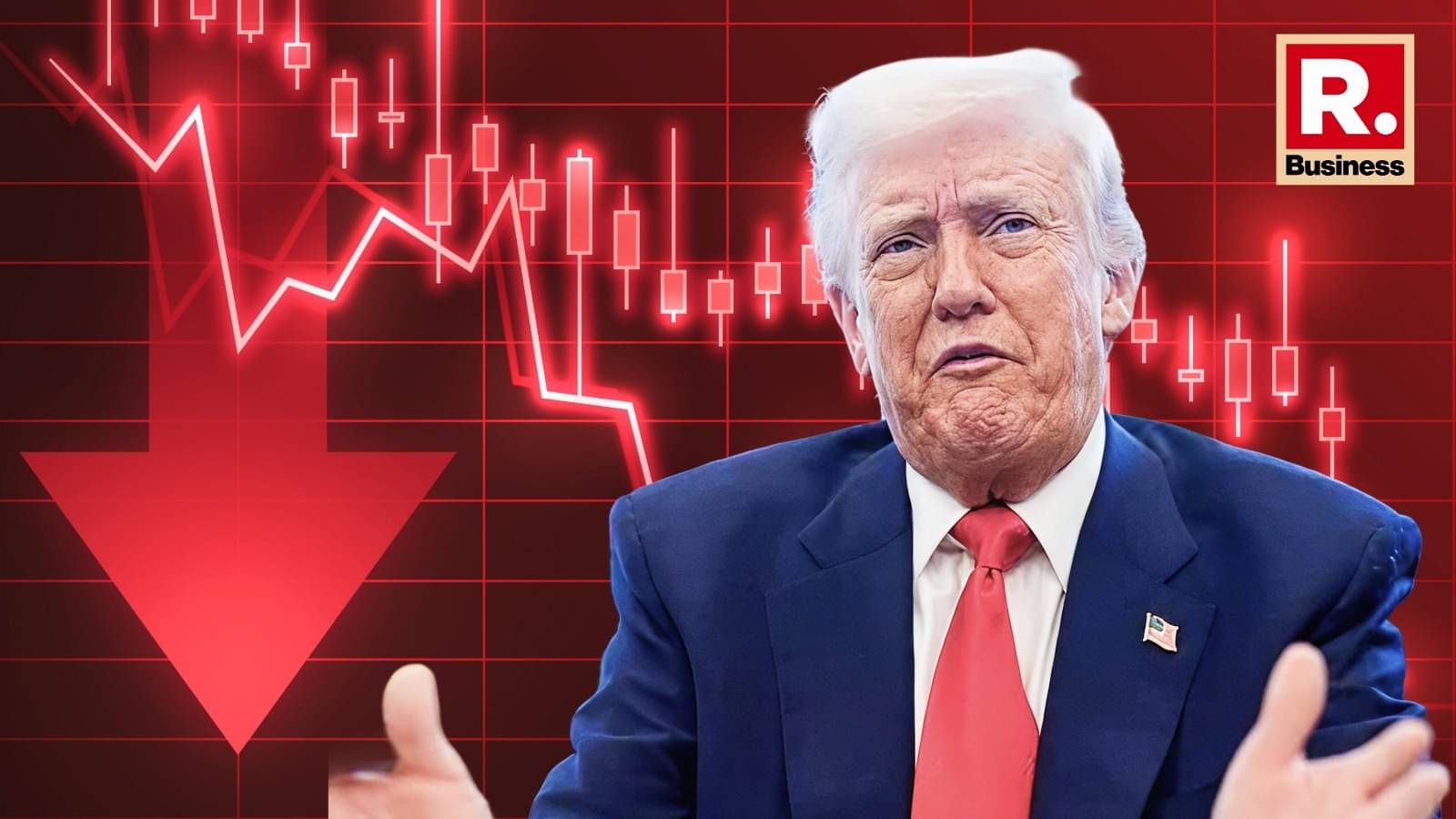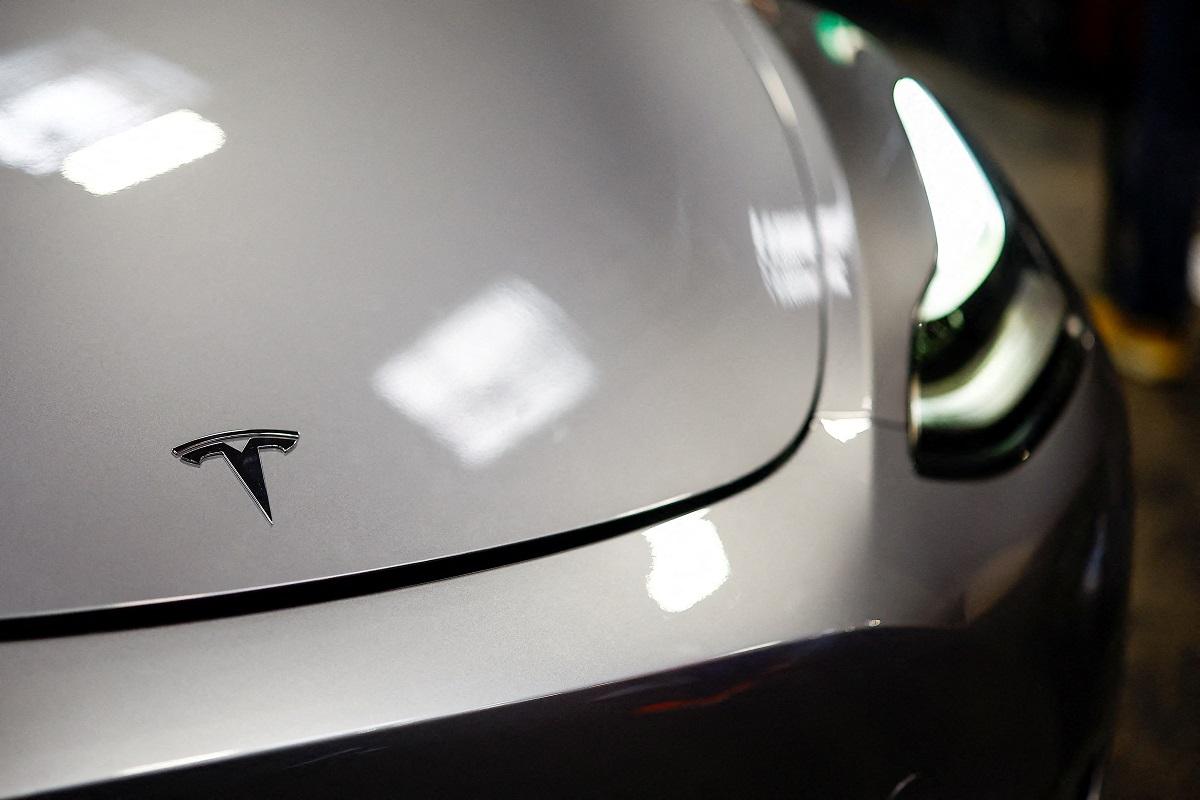Updated April 12th 2025, 08:10 IST US President Donald Trump reaffirmed a 10% tariff as the minimum for trade negotiations, sparking global market jitters. US President Donald Trump said the United States will impose a 10% tariff on most of its trading partners, calling it the baseline for future trade negotiations While hinting at possible exemptions, Trump declared a 10% tariff as the “floor” for countries seeking to secure favourable trade terms with the United States. “There could be a couple of exceptions for obvious reasons but I would say 10 per cent is a floor,” Trump told reporters en route to Florida.
He declined to elaborate on what those “obvious reasons” might be or indicate any significant change in policy direction. Markets Whiplashed by Tariff Volatility The remarks capped a tumultuous week for both equity and bond markets, as businesses and investors attempted to digest the implications of Trump’s sweeping new levies. Earlier in the week, Trump introduced a broad package of tariffs targeting dozens of nations—only to delay their implementation hours later after markets plunged on recession fears.

Amid the uncertainty, Wall Street ended the week on a high note. The S&P 500 closed 1.8% higher on Friday, recovering earlier losses to post its best week since 2023.
The rebound was buoyed by reports that a Federal Reserve official signaled the central bank’s readiness to stabilize markets if needed. US 10-year Treasury yields, which had surged to multi-decade highs during the week, cooled slightly but still posted their steepest weekly increase in more than 20 years. Read More Trump Tariffs Paused: Which Sectors Could Rally in the Next 90 Days? US-China Trade Clash Escalates China, the world’s second-largest economy, now faces a 145% US import duty—a historic level in modern trade policy.
In retaliation, Beijing announced it would raise tariffs on all US imports to 125%, matching Washington’s latest move while maintaining an existing 20% baseline. Although China vowed not to mirror any further tariff hikes, it reiterated a tough stance, promising to “fight to the end” with unspecified countermeasures. Bloomberg Economics warned that the trade battle—now targeting $690 billion in goods—will push US tariff levels to historic highs and risk broader economic fallout, both domestically and globally.
Trump Shrugs Off Market Turmoil and Bond Jitters Despite mounting concerns from economists and investors, Trump dismissed the week’s market swings. “I think the markets were solid today. I think people are seeing we’re in great shape,” he said.
He also emphasised the US dollar's supremacy as the global reserve currency, dismissing any speculation that countries might abandon it. “If a nation said we’re not going to be on the dollar, I would tell you that within about one phone call they would be back on the dollar. You always have to keep the dollar,” Trump said.
Trump acknowledged the recent turbulence in the US bond market, which some believe contributed to his tariff pause earlier in the week. “The bond market’s going good. It had a little moment but I solved that problem very quickly,” he claimed.
Looking Ahead: Will Talks Ease Tensions? While his words continue to keep global leaders guessing, Trump expressed optimism about the trade impasse with China. “I think something positive is going to come,” he said of the talks, describing Chinese President Xi Jinping as “a very good leader, a very smart leader.” Still, with tariffs now soaring on both sides and markets reacting in real-time, the global economy appears braced for further volatility.
(With Inputs From Bloomberg) Published April 12th 2025, 08:08 IST.
Business

Trump Sets 10% Tariff As ‘Floor’ For Trade Deals, Hints At Limited Exceptions

US President Donald Trump reaffirmed a 10% tariff as the minimum for trade negotiations, sparking global market jitters.














